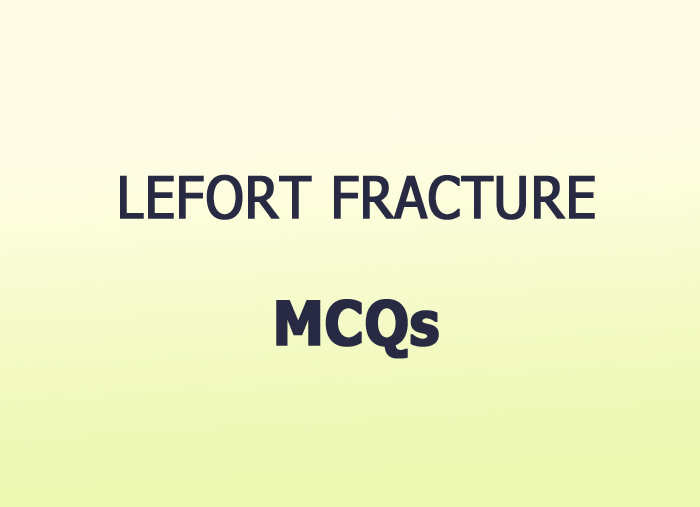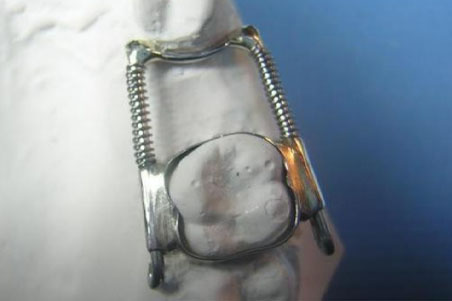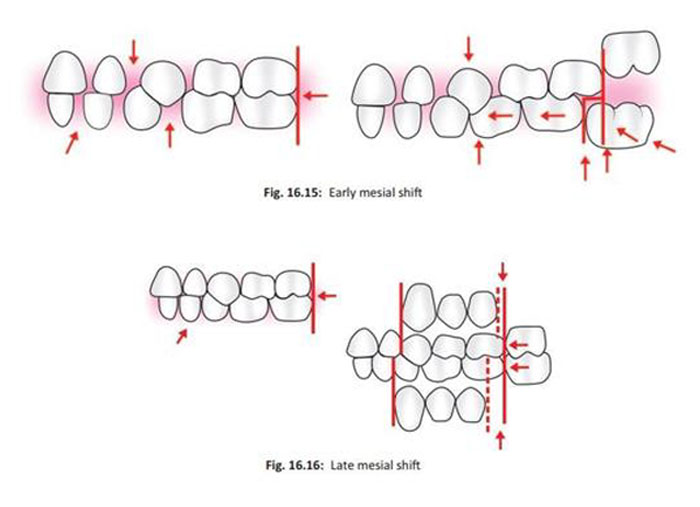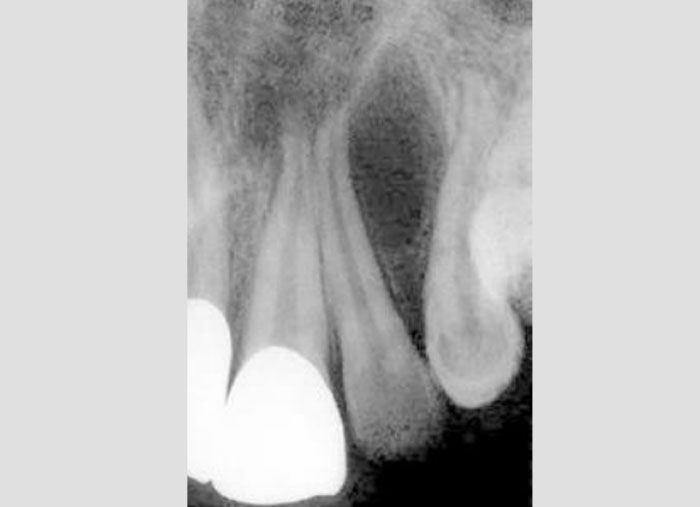- NEED HELP? CALL US NOW
- +919995411505
- [email protected]
1. Panda facies is commonly seen after
a) Le fort I fractures
b) Le fort II fracture
c) Mandible Fracture
d) None of the above
2. Floating maxilla is typically seen found in
a) Le fort I fractures
b) Le fort II fracture
c) Craniomandibular dysjunction
d) All of the above
3. Moon face appearance is seen in
a) Isolated Le fort I fractures
b) Le fort II & Le fort III fractures
c) Mandibular fracture
d) Unilateral zygomatic fractures
4. Walsham forceps are used to
a) Remove teeth
b) Remove root
c) Clamp blood vessels
d) Reduce nasal bone fracture
5. Diplopia is most common with
a) Mandibular fracture
b) Craniofacial dysjunction
c) Nasal fractures
d) Zygomatico maxillary complex
6. CSF rhinorrhoea is found in
a) Frontal bone structure
b) Zygomatic maxillary fracture
c) Naso ethmoidal Fracture
d) Condylar Fracture
7. The 1st step in management of head injury is
a) Secure airway
b) I V mannitol
c) I.V dexamethasone
d) Blood transfusion
8. Guerin’s sign is
a) Ecchymosis at greater palatine foramen
b) Ecchymosis at mastoid foramen
c) Ecchymosis at condylar region
d) Ecchymosis at infraorbital foramen
9. Most of the CSF rhinorrhoea is
a) Ethmoidal sinus
b) Frontal sinus
c) Petrous bone
d) Cribriform plate
10. Incision given within hairline, 45 degree to zygoma is
a) Gillis temporal
b) Alkat bramley
c) Risdon
d) morey
Answers with explanation
1. B
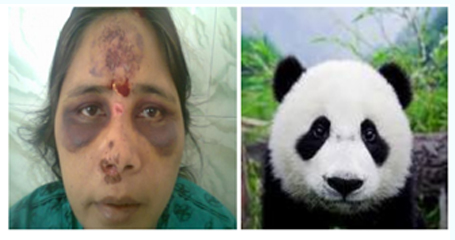
With a Le Fort type II fracture, there is significant deformity and swelling, widening of the intercanthal space (nasal septum fracture), mobility of the maxilla and nose as a combined segment, as well as bilateral periorbital edema and ecchymosis (raccoon eyes), epistaxis, anterior open bite malocclusion, ecchymosis of the maxillary buccal vestibule and palate, and possible CSF rhinorrhea. Since the fracture involves the inferior orbital rim and floor, there may be sensory deficits in the infraorbital region extending inferiorly to the upper lip.
2. A
Le Fort type I presents as a swollen upper lip, anterior open bite malocclusion, ecchymosis of the maxillary buccal vestibule and palate, and mobility of the maxilla.
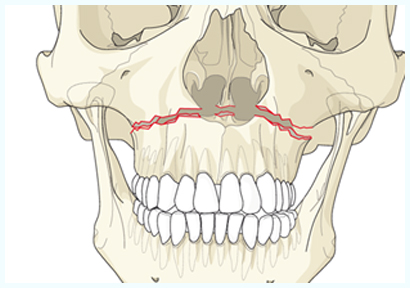
3. B
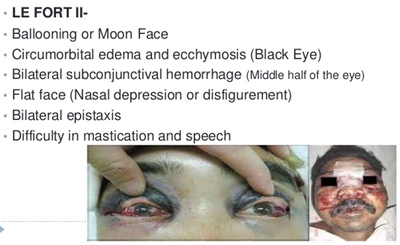
4. D
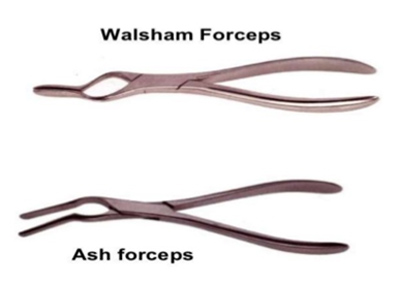
5. D
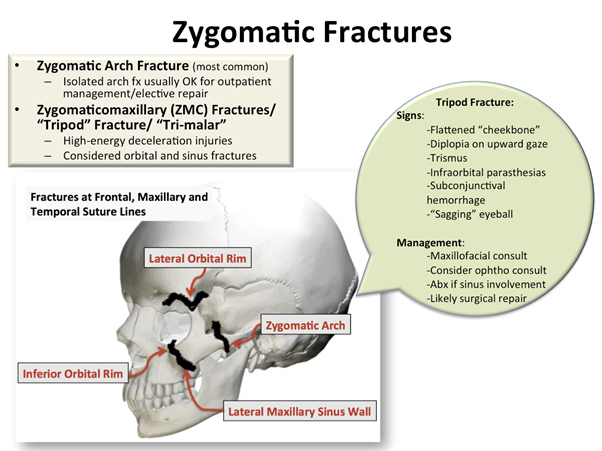
6. C
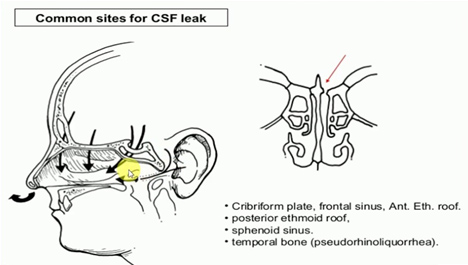
7. A
8.A
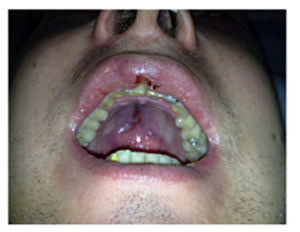
Guerin’s sign is bruising in the palate in the region of the greater palatine arteries.
9. D
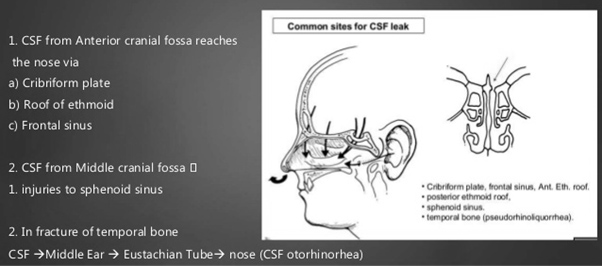
10. A

